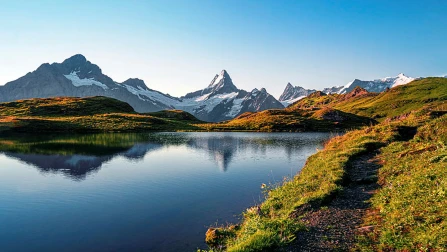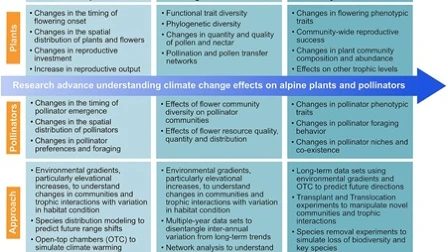Collection
The role of topography on alpine plant diversity, from genes to ecosystems
Theme The rugged topography of mountainous landscapes creates contrasting physical and environmental conditions across short geographical...
- Status
- Open for submissions
- Submission deadline
- 31 December 2025













